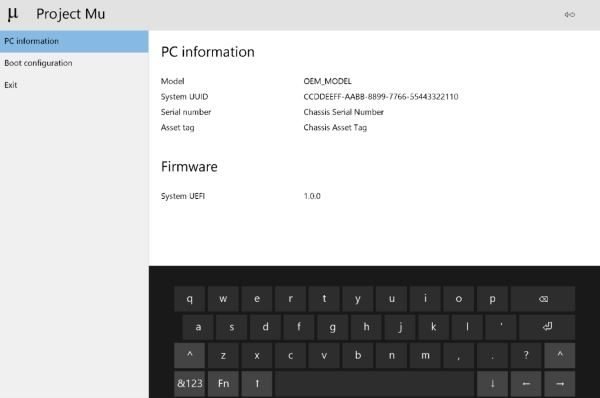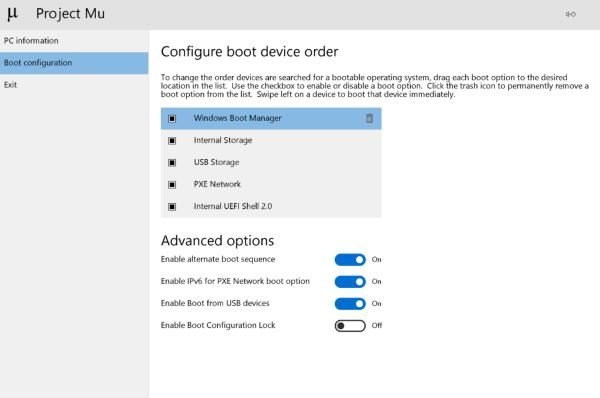Microsoft over the years has slowly been showing its acceptance of open source, and this was made even more clear when the company announced it was about to acquire GitHub. Now, the software giant is making another step forward in the open source environment with the recent announcement of Project Mu. This is a big deal because it’s all about making the Unified Extensible Firmware Interface (UEFI) open source, which means, the codebase will be available to every Windows PC maker in the marketplace.
For those who might be wondering, UEFI is primarily used in Microsoft products such as the Surface-line of computers. You see, it’s an important system software that prepares hardware during the start-up process. Furthermore, it provides services for the Windows 10 operating system to load.

As it stands, then, companies can use Project Mu to create devices that support Firmware as a Service (FaaS). This is due to the code structure and UEFI’s efficiency in building scalable and serviceable firmware, which are great enhancements.
Here is a list of important things Project Mu brings to the table:
- A code structure & development process optimized for Firmware as a Service
- An on-screen keyboard
- Secure management of UEFI settings
- Improved security by removing unnecessary legacy code, a practice known as attack surface reduction
- High-performance boot
- Modern BIOS menu examples
- Numerous tests & tools to analyze and optimize UEFI quality.

This is truly a huge step on the part of Microsoft, and we believe it will likely push the company more to convert many of its products and services to open-source.
As Microsoft moves to primarily becomes a products and services company, the chances of Windows becoming open-source and free grows each day. A free operating system where the software giant makes money from services seems like a future we’d work with.
If you want to learn more about what Project Mu has to offer, please check out the documentation via GitHub along with the codebase.
Leave a Reply